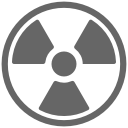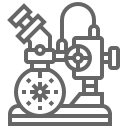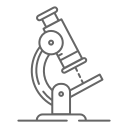Contact for industry
Dr. Mikołaj Gołuński
Industry Liaison Officer
phone: +48 12 664 41 93; +48 506 006 774
e-mail: industry.solaris@uj.edu.pl; mikolaj.golunski@uj.edu.pl
Dr. Piotr Ciochoń (longer absences)
Industry Liaison Officer
phone: +48 12 664 41 93; +48 506 006 774
e-mail: industry.solaris@uj.edu.pl; piotr.ciochon@uj.edu.pl







 Photoelectron emission microscopy: PEEM
Photoelectron emission microscopy: PEEM
 Scanning transmission x-ray microscopy: STXM
Scanning transmission x-ray microscopy: STXM